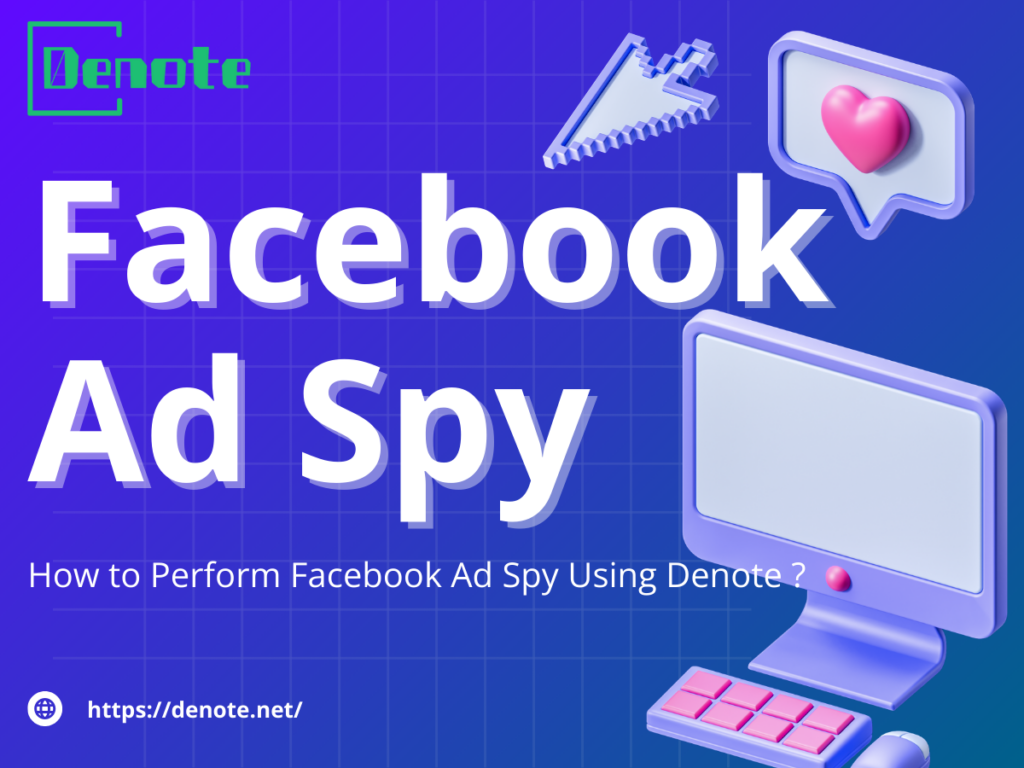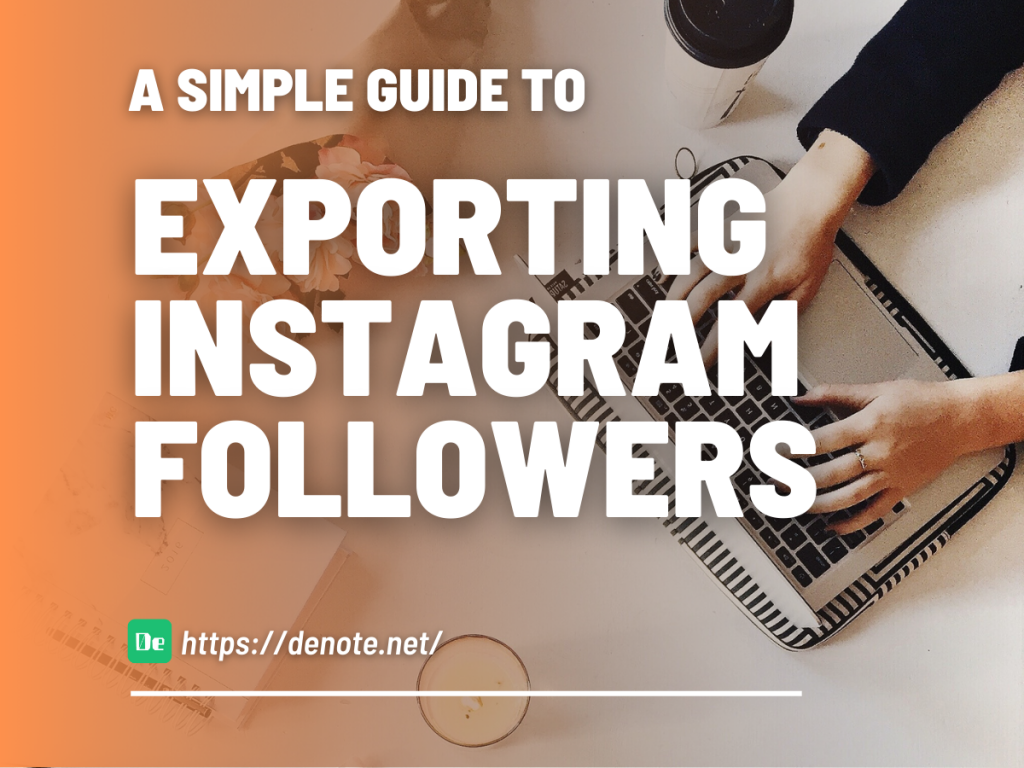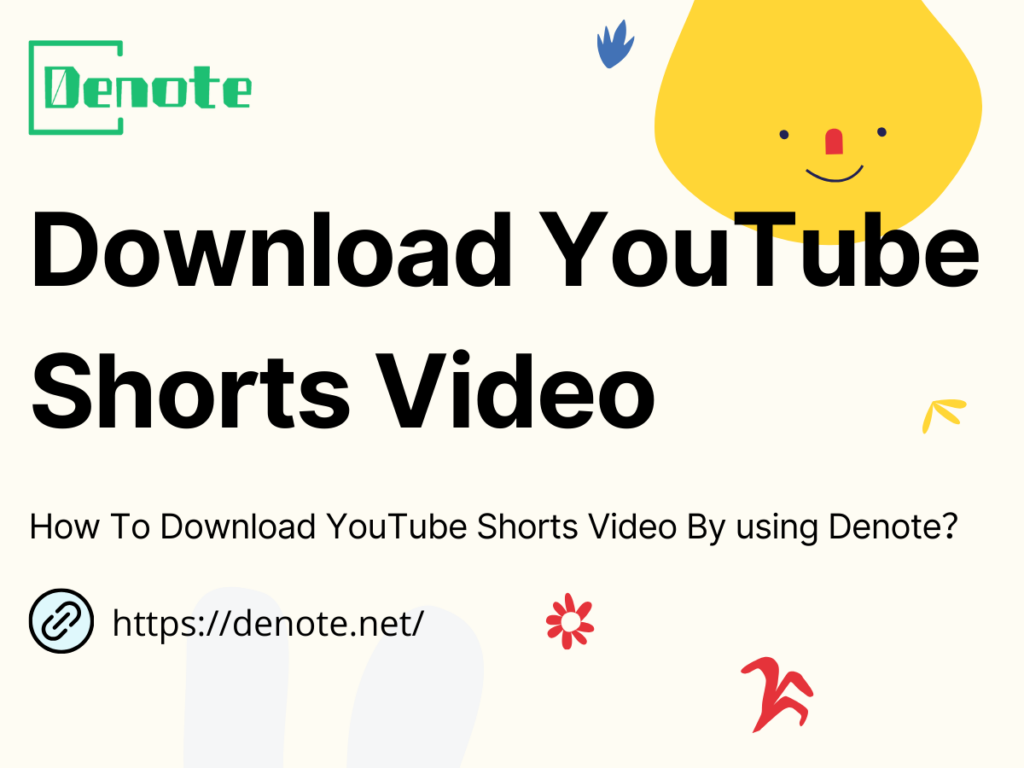How to Succeed with Viral Marketing in 2025

What Is Viral Marketing
Viral marketing refers to any strategy that encourages individuals to share content rapidly with their networks, creating an exponential growth in message exposure and influence. Just as a biological virus spreads from person to person, viral content spreads from consumer to consumer, potentially reaching millions within hours or days.
This powerful marketing approach taps into fundamental human behaviors—our desire to share valuable, entertaining, or emotional content with others. When executed effectively, viral marketing campaigns can generate massive brand awareness at a fraction of the cost of traditional advertising methods.

Differences between Organic and Paid Viral Marketing
Viral marketing strategies typically fall into two categories: organic and paid. Understanding the distinctions between these approaches is crucial for developing effective campaigns.
Organic Viral Marketing
Organic viral marketing relies entirely on the natural sharing behaviors of audiences without paid promotion. These campaigns succeed based purely on the quality, relevance, and emotional impact of the content itself.
Key characteristics include:
- Zero or minimal distribution costs
- Authentic audience engagement
- Higher perceived credibility
- Unpredictable results
- Longer timeframe for potential virality
- Greater staying power when successful
Organic viral success often comes from content that strikes an authentic chord with audiences. Consider how the ALS Ice Bucket Challenge spread globally in 2014 without paid promotion, raising over $115 million for ALS research through genuine participant enthusiasm.
Paid Viral Marketing
Paid viral marketing involves strategic investment to accelerate content distribution and trigger the viral sharing process. This approach combines paid media with viral-optimized content.
Key characteristics include:
- Initial investment in distribution
- Faster initial reach
- More predictable early results
- Data-driven optimization opportunities
- Potential for targeting specific demographics
- Ability to scale successful content quickly
Many successful viral campaigns actually combine both elements—using paid promotion to achieve initial velocity before organic sharing takes over. This hybrid approach, sometimes called "seeded viral marketing," offers the reliability of paid media with the exponential potential of organic sharing.
Understanding these differences allows marketers to develop strategies that align with their goals, timeline, and budget constraints.
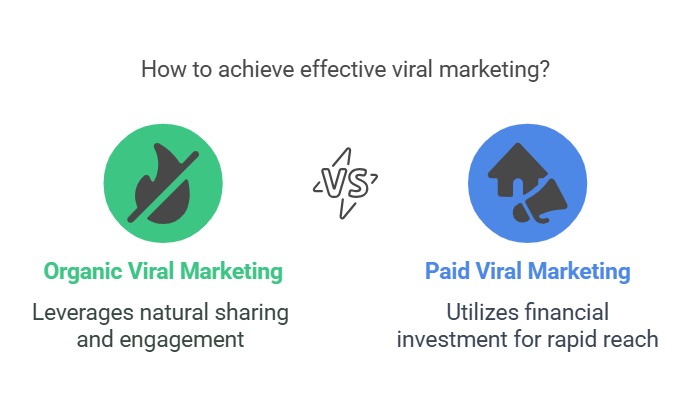
Why Viral Marketing Works
The psychological underpinnings of viral marketing explain its remarkable effectiveness. Several core principles drive the success of campaigns that achieve exponential reach:
Social Currency
People share content that makes them look good to others. Content that appears exclusive, insider, or cutting-edge confers social status on those who share it first. This concept, explored in Jonah Berger's research, explains why people eagerly share content that enhances their perceived social value.
Emotional Triggers
Content that evokes high-arousal emotions—whether positive (awe, amusement, excitement) or negative (anger, anxiety)—is shared more frequently than content triggering low-arousal emotions like contentment or sadness. The intensity of emotional response correlates directly with sharing behavior.
Practical Value
Useful information that helps people solve problems or improve their lives has inherent sharing value. When content provides genuine utility, people naturally want to share it with friends and family who might benefit.
Public Visibility
Ideas and behaviors that can be easily observed spread more quickly than private ones. This visibility principle explains why viral challenges work so effectively—they're designed to be performed publicly and tagged, creating a visible chain of participation.
Network Effects
The structure of social networks themselves amplifies viral content. When influential nodes within networks share content, it reaches more people and gains credibility. The interconnected nature of digital social networks creates multiple pathways for content to spread.
Narrative Transportability
Stories that draw people in and transport them emotionally are shared more readily. When people become immersed in a narrative, they feel more connected to it and more motivated to share that experience with others.
These psychological principles work together to create the perfect conditions for content to achieve viral status. By understanding and leveraging these factors, marketers can design campaigns with a higher probability of triggering sharing behaviors.
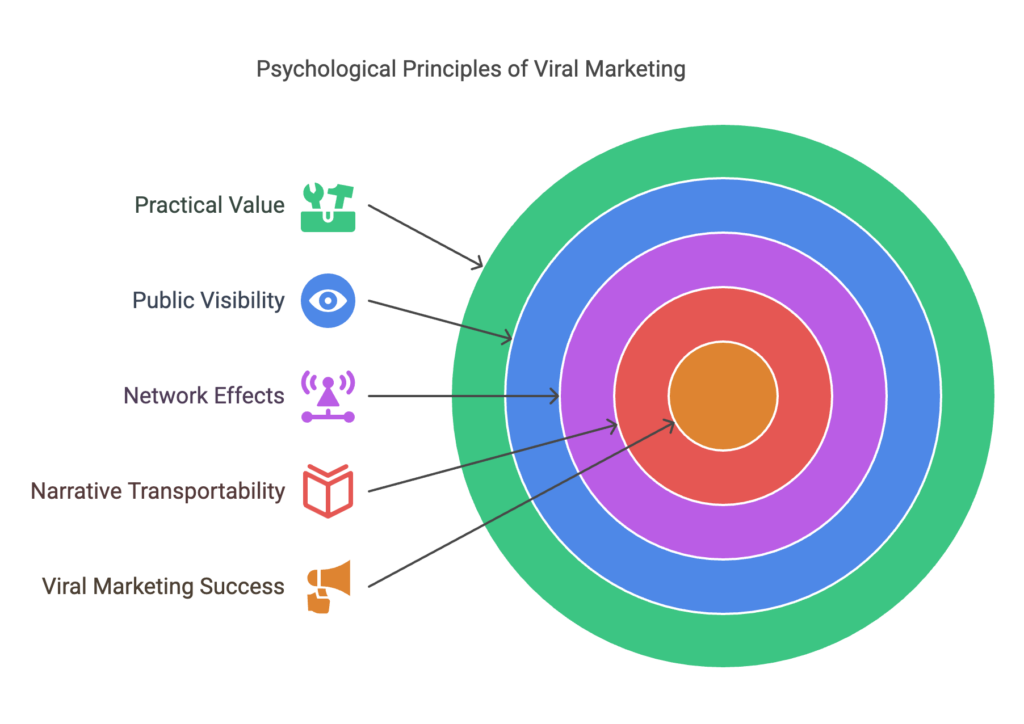
Common Viral Marketing Channels
The channels used for viral marketing have evolved dramatically over the past decade. Understanding the unique characteristics of each platform is essential for crafting content with viral potential.
Social Media Platforms
TikTok
As the fastest-growing viral channel, TikTok has revolutionized how content spreads. Its algorithm-driven discovery system can propel unknown creators to massive audiences overnight. Key viral drivers on TikTok include:
- Short-form video format (15-60 seconds)
- Music and sound-driven trends
- Creator challenges and participation formats
- Algorithm that prioritizes engagement over follower count
- Seamless remixing and duet capabilities
Brands like Chipotle have leveraged TikTok challenges to generate hundreds of millions of views with minimal production costs. Their #GuacDance challenge generated 250,000 video submissions and drove their highest guacamole sales day in history.
Despite predictions of its decline, Facebook remains a powerful viral channel, particularly for reaching diverse age demographics. Its viral opportunities include:
- Emotionally resonant video content
- Community-building formats
- Live streaming with real-time interaction
- Group-based sharing and discussion
- Cross-generational reach
The platform's mature sharing infrastructure and detailed analytics make it valuable for campaigns targeting established consumer audiences.
Instagram combines visual impact with powerful discovery features. Its viral potential comes from:
- Visually stunning photography and graphics
- Story format for ephemeral content
- Reels for short-form video content
- Hashtag-driven discovery
- Influencer amplification ecosystem
Fashion and lifestyle brands have achieved particular success with Instagram-centered viral strategies that leverage aspirational imagery and influencer partnerships.
YouTube
YouTube offers unparalleled staying power for viral content. While it may not generate the immediate velocity of newer platforms, it provides:
- Long-form content opportunities
- Sophisticated recommendation algorithm
- Monetization potential for creators
- Searchable content library
- Cross-platform embeddability
Many of the most successful viral marketing campaigns of all time gained their largest viewership on YouTube, even when they originated elsewhere.
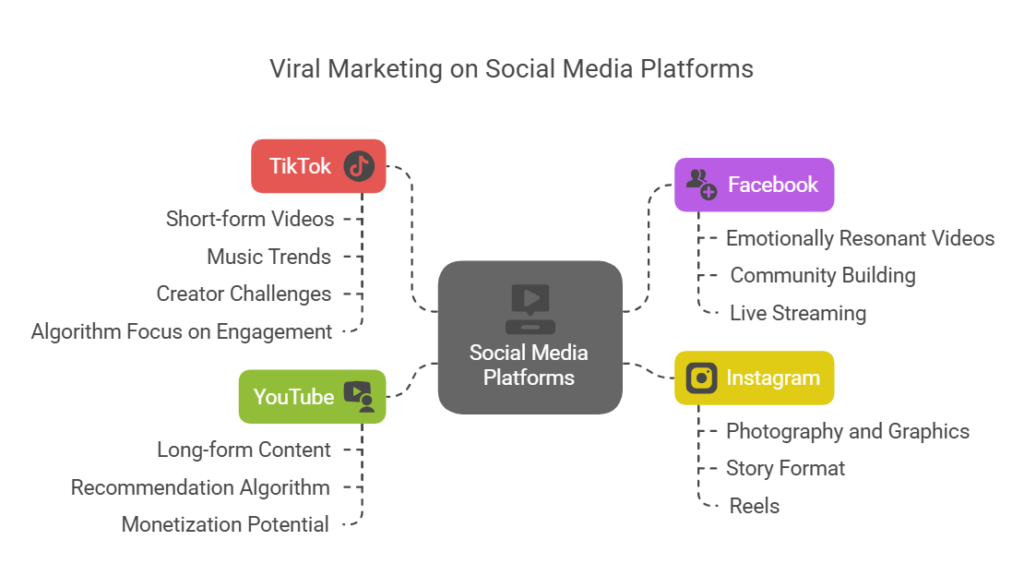
Word-of-Mouth and Referral-Based Virality
Beyond social platforms, structured referral programs can create powerful viral growth. These systems include:
- Customer referral incentives
- Milestone-based rewards
- Two-sided referral benefits
- Gamified sharing programs
- Exclusive access mechanics
Companies like Dropbox achieved legendary growth by offering additional storage to both referrers and their friends, creating a compelling reason for existing users to become brand advocates.
The most effective viral strategies often leverage multiple channels simultaneously, creating cross-platform amplification. Content might originate on TikTok, gain mainstream attention on Twitter, accumulate long-term views on YouTube, and drive conversion through more traditional channels.
How to Analyze Viral Campaigns Effectively
Understanding what makes content go viral requires systematic analysis of successful campaigns. By studying viral phenomena, marketers can identify patterns and principles that can be applied to their own strategies.
Identifying Successful Viral Ads
Key Performance Indicators (KPIs) of Viral Campaigns
- Sharing Velocity - The rate at which content is shared over time
- Sharing Rate - The percentage of viewers who share the content
- Amplification Factor - How many new viewers each share generates
- Conversation Volume - Mentions, comments, and discussions generated
- Brand Lift Metrics - Increases in awareness, favorability, and purchase intent
- Conversion Impact - Measurable business outcomes tied to the campaign
Tools like Denote provide comprehensive analytics that track these metrics across platforms, offering a holistic view of viral performance. By establishing baseline KPIs before launching campaigns, marketers can accurately measure viral impact relative to normal content performance.
How to Recognize Trends Before They Peak
Identifying emerging viral trends before they reach mainstream saturation offers significant competitive advantage. Effective trend forecasting involves:
- Monitoring niche communities where trends often originate
- Tracking hashtag velocity changes across platforms
- Analyzing influencer adoption patterns
- Using sentiment analysis to gauge emotional response
- Identifying cross-platform migration of content themes
Advanced analytics platforms like Denote can detect unusual engagement patterns that may signal emerging viral potential, allowing brands to participate in trends during their growth phase rather than after they've peaked.
Analyzing Competitor Viral Strategies
How Brands Create Viral Moments
Successful brands rarely achieve viral status by accident. Their strategies typically involve:
- Creating tension or curiosity
- Timing releases to align with cultural moments
- Designing for specific emotional triggers
- Incorporating participation mechanisms
- Building sequential reveal strategies
- Leveraging influencer networks strategically
By studying these intentional elements in competitor campaigns, marketers can develop more sophisticated approaches to their own content.
Using Denote to Monitor and Learn from Competitors' Viral Ads
Competitive intelligence tools provide structured ways to learn from others' successes and failures. Denote's competitive analysis features allow marketers to:
- Track competitors' viral content performance in real-time
- Compare engagement metrics across similar campaigns
- Identify which creative elements drive sharing
- Analyze audience demographic response differences
- Map the distribution and amplification pathways of successful content
This systematic approach transforms competitive analysis from casual observation to strategic intelligence gathering.
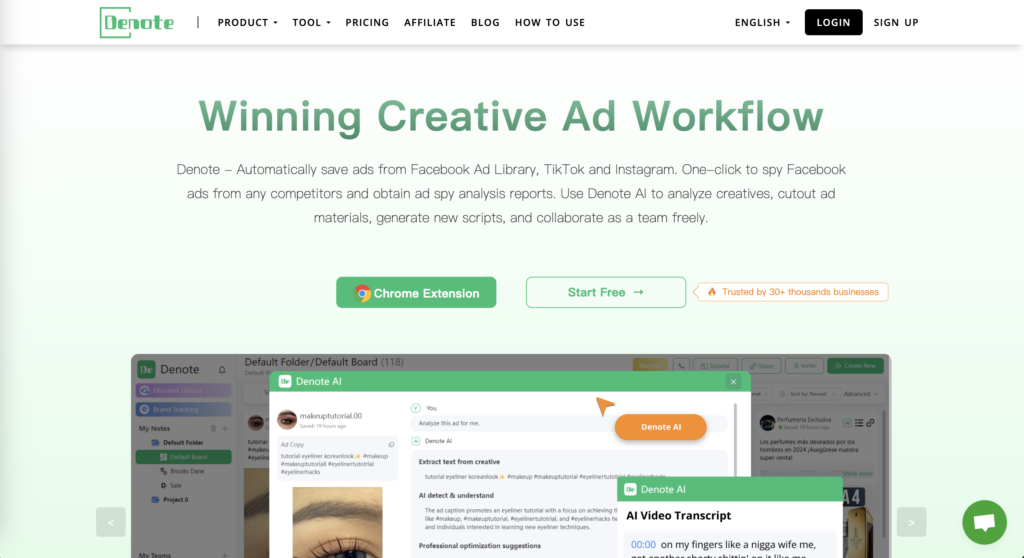
Reverse-Engineering Viral Success
Breaking Down Top-Performing Ads
Deconstructing viral successes reveals actionable insights. This process involves examining:
- Opening hooks and attention-grabbing techniques
- Narrative structure and emotional progression
- Visual composition and production choices
- Call-to-action mechanisms
- Platform-specific optimizations
- Distribution and seeding strategies
By documenting these elements across multiple successful campaigns, patterns emerge that can inform future creative development.
Finding Common Creative Elements in Viral Marketing
Despite the diversity of viral content, certain creative elements consistently appear in high-performing campaigns:
Pattern disruption that subverts viewer expectations
- Authenticity markers that build immediate credibility
- Clear emotional positioning (whether humorous, inspiring, shocking, etc.)
- Simplicity in core message despite creative sophistication
- Culturally relevant references or participation in ongoing conversations
- Self-expression opportunities for audience members
These elements create what researcher Jonah Berger calls "social transmission value"—the inherent qualities that make content worth sharing.
Creating High-Performing Viral Ad Creatives
Translating analytical insights into compelling creative executions represents the art of viral marketing. While no formula guarantees virality, certain principles significantly increase the probability of sharing.
Essential Elements of a Viral Ad
Successful viral ads typically incorporate several key components:
Strong Emotional Core
Every viral campaign centers around a specific emotional response. Whether inspiring awe (like Red Bull's Stratos jump), triggering laughter (like Dollar Shave Club's launch video), or inspiring action (like the ALS Ice Bucket Challenge), successful viral content aims for emotional impact first and brand messaging second.
Participation Architecture
The most powerful viral campaigns invite audience participation rather than passive consumption. This might take the form of challenges, remixes, personalization opportunities, or contribution frameworks. Creating tools for audience creativity amplifies reach through personal investment.
Platform-Native Design
Content designed specifically for the consumption patterns of its primary platform performs significantly better than generic content distributed across multiple channels. This means vertical video for TikTok, square formats for Instagram, and platform-specific features like AR filters or interactive elements where appropriate.
Cultural Relevance
Viral content rarely exists in a vacuum—it relates to ongoing cultural conversations, current events, or existing trends. This relevance creates immediate context for audiences and lowers the barrier to engagement and sharing.
Practical Shareability
Technical considerations matter tremendously. Videos should be easily shareable, load quickly, and work without sound when necessary. Removing friction from the sharing process significantly impacts viral potential.
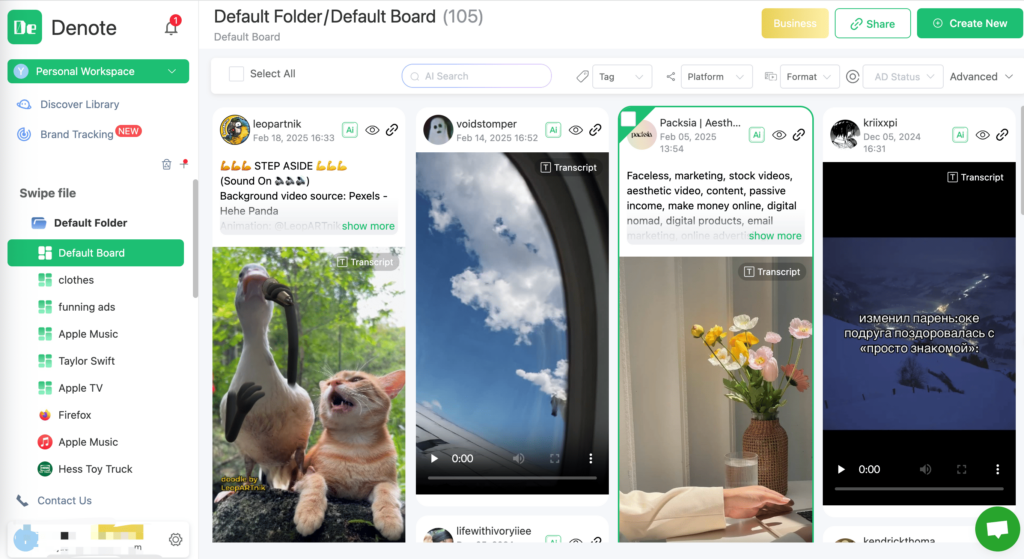
A/B Testing and Creative Optimization
Viral success rarely comes from a single brilliant idea executed once. Instead, it emerges from systematic testing and optimization.
Effective A/B testing for viral content involves:
- Testing multiple hooks within the first 3 seconds
- Varying emotional approaches with consistent messaging
- Experimenting with different calls to action
- Testing thumbnail and preview image variations
- Optimizing captions and text overlays
Each platform offers native testing tools, while dedicated optimization platforms provide more sophisticated multivariate capabilities. By continuously refining creative elements based on performance data, marketers can significantly improve viral potential over time.
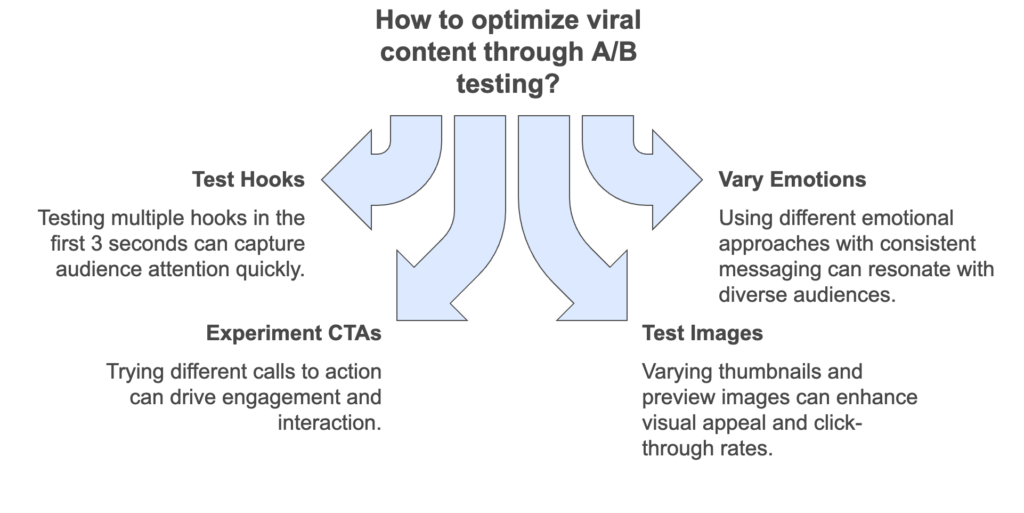
The Role of Influencers in Viral Marketing
Influencers serve as powerful distribution nodes in viral campaigns, but their role extends beyond simple paid promotion:
Strategic Selection
Effective influencer selection for viral campaigns prioritizes engagement rates and audience sharing behaviors over raw follower counts. Micro-influencers with highly engaged communities often drive more meaningful viral activity than celebrity accounts with passive followers.
Authentic Integration
The most successful influencer partnerships allow for genuine creative input rather than scripted promotion. When influencers can adapt content to their authentic voice and style, their audiences respond with higher engagement and sharing rates.
Cascading Influence Strategy
Rather than focusing exclusively on top-tier influencers, cascading strategies target multiple tiers simultaneously:
- Macro-influencers for initial awareness
- Mid-tier creators for credibility and context
- Micro-influencers for community penetration
- Nano-influencers for authentic peer-to-peer sharing
This multi-level approach creates more natural diffusion patterns that mimic organic viral spread.
Tracking and Measuring Viral Marketing Performance
Robust measurement frameworks are essential for evaluating viral marketing effectiveness and refining future campaigns.

Key Metrics to Monitor
Beyond basic engagement metrics, comprehensive viral measurement includes:
Viral Coefficient
The viral coefficient (K) measures how many new users each existing user brings to your content or platform. Calculated as K = number of invites sent × conversion percentage, a K value greater than 1 indicates true viral growth.
Share-Through Rate (STR)
Similar to click-through rate in traditional advertising, STR measures the percentage of content viewers who take sharing actions. This metric helps isolate content quality from distribution factors.
Cost Per Engagement (CPE)
For campaigns using paid seeding, CPE measures efficiency by dividing total campaign investment by meaningful engagements. As viral sharing increases, effective CPE should decrease substantially.
Brand Impact Metrics
Viral success should translate to meaningful brand outcomes. Tracking changes in brand search volume, sentiment, consideration, and purchase intent provides context for engagement metrics
Attribution Modeling
Sophisticated attribution models help marketers understand how viral content contributes to the customer journey. Multi-touch attribution is particularly important for viral campaigns that may influence consumers early in the decision process.
Adjusting Strategies Based on Data
Effective viral marketing requires agility and responsiveness to performance data:
Real-Time Optimization
Unlike traditional campaigns with fixed creative assets, viral campaigns can and should evolve in response to initial performance data. This might involve:
Adjusting headlines and thumbnails
- Emphasizing high-performing segments
- Reallocating media spend to support organic momentum
- Adapting to audience feedback and conversation
Scaling Success Patterns
When specific creative approaches demonstrate viral potential, rapid scaling can maximize impact:
- Creating variations for different audience segments
- Developing sequential content that builds on initial success
- Expanding platform distribution for high-performing assets
- Increasing media investment behind proven content
Extracting Strategic Insights
Beyond immediate campaign optimization, viral performance data should inform broader marketing strategy:
- Identifying emotional territories that resonate with key audiences
- Recognizing platform-specific creative approaches that drive sharing
- Understanding optimal content cadence and timing
- Developing benchmarks for future campaign planning
Avoiding Common Pitfalls in Viral Marketing
Even sophisticated marketers encounter challenges with viral campaigns. Common mistakes include:
Focusing on Virality Over Brand Relevance
Content can achieve massive reach while completely failing to build meaningful brand associations. Successful viral marketing maintains a clear connection to brand positioning and messaging priorities.
Misunderstanding Platform Dynamics
Each platform has unique algorithm priorities and community norms. Content that ignores these specificities rarely achieves cross-platform viral success.
Neglecting Response Preparedness
Truly viral moments require operational readiness. Brands must prepare for increased customer service demands, website traffic spikes, and real-time community management needs.
Overemphasizing Creation vs. Distribution
Creative excellence alone rarely drives viral success. Distribution strategy, including initial seeding, influencer activation, and community engagement, plays an equally crucial role.
Missing Measurement Opportunities
The data generated during viral campaigns provides invaluable insights beyond the campaign itself. Establishing comprehensive measurement frameworks before launch ensures these learnings aren't lost.
By avoiding these common pitfalls and implementing robust measurement and optimization frameworks, marketers can significantly improve both the probability and impact of viral success.
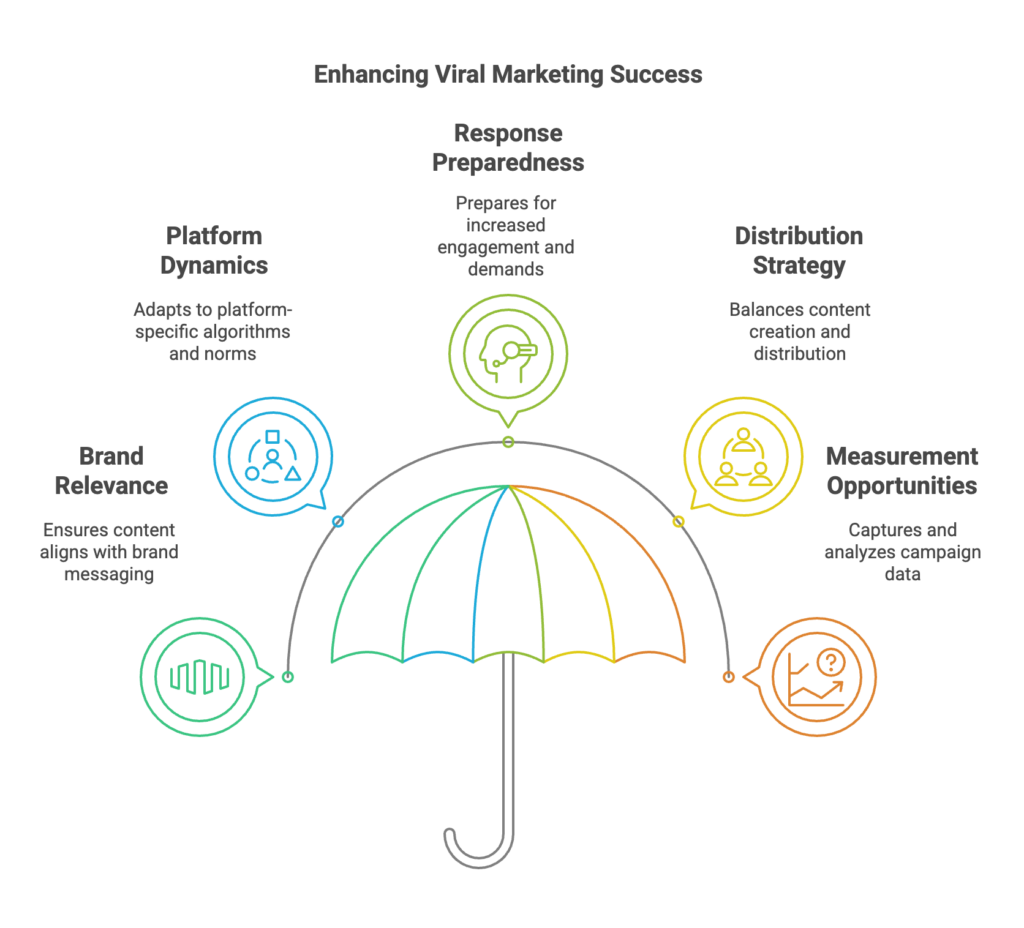
Conclusion
As you develop your own viral marketing strategy, remember that the most important metric isn't simply how many people see your content, but how many are moved to share it with others. By focusing on this fundamental human behavior, you unlock the true potential of viral marketing for your brand.

